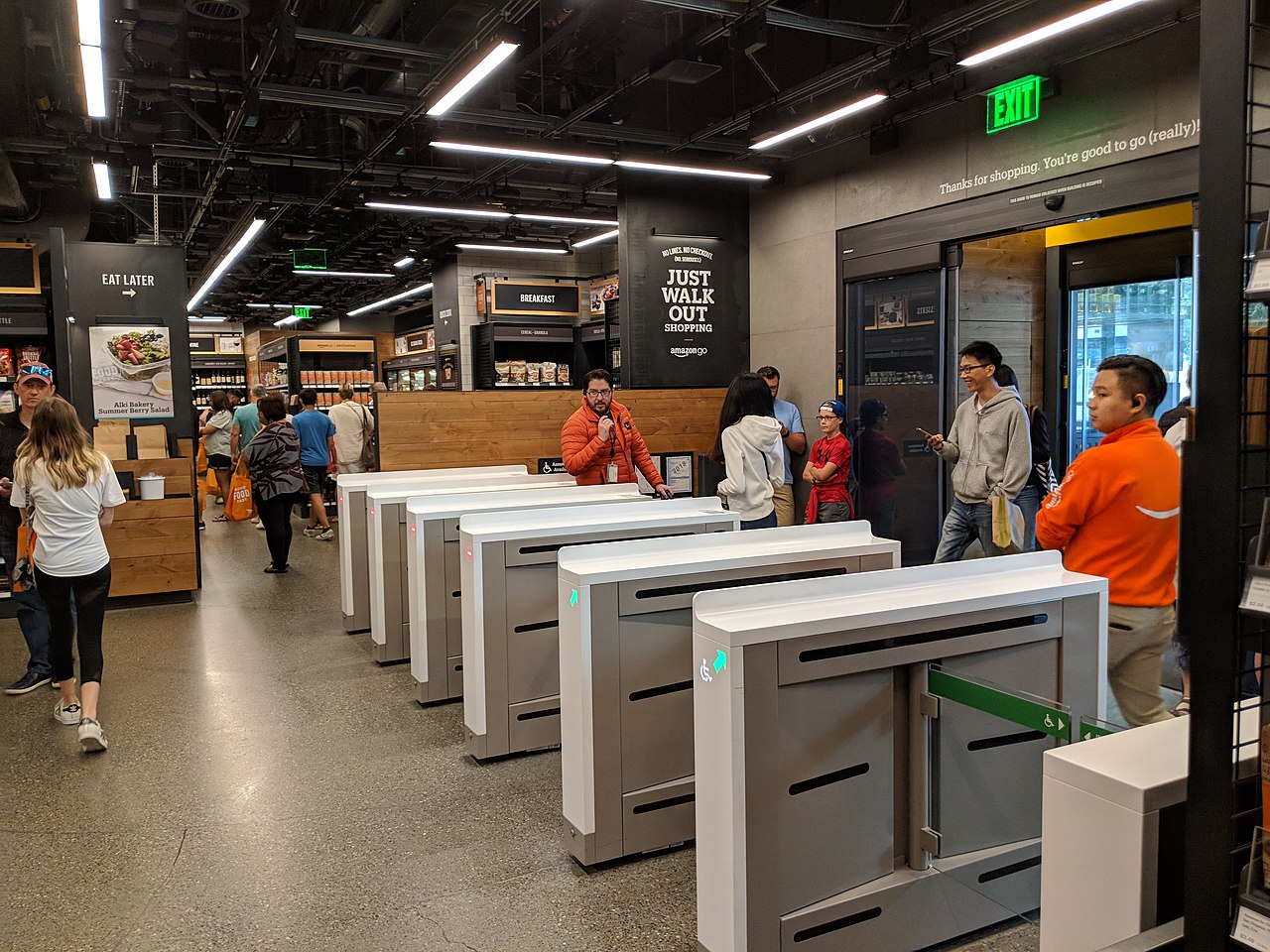Amazon eyes up to 3,000 cashierless stores by 2021
If you’ve been in a checkout line – either one with a cashier or a self-checkout one – you’ve probably experienced the hassle of waiting in line, sometimes for what may seem like forever if coupons, checkbooks and the like are being fished for. One of the successful strategies employed by Amazon is its ability to reduce if not eliminate transaction friction. Through the use of cameras, sensors and payment technologies, Amazon has taken the notion of self-checkout to the next level with its cashierless stores. Some will fret this will cost jobs, and while that may rattle certain unions it will foster job creation of another kind. If successful, this could also take a bite out of not just small format grocery and convenience stores but potentially quick service restaurants as well.
Currently, there are roughly 155,000 convenience stores in the U.S., with 122,500 of them combined with gas stations, according to industry group NACS. This means the purported 3,000 figure for Amazon would be relatively small on a relative basis, and that has me wondering if Amazon’s longer-term strategy is to make the underlying technology available to other retail settings, grocery and convenience included. That would follow the same development pattern as Amazon Web Services. Just saying…
Amazon.com Inc. is considering a plan to open as many as 3,000 new AmazonGo cashierless stores in the next few years, according to people familiar with matter, an aggressive and costly expansion that would threaten convenience chains like 7-Eleven Inc., quick-service sandwich shops like Subway and Panera Bread, and mom-and-pop pizzerias and taco trucks.
Chief Executive Officer Jeff Bezos sees eliminating meal-time logjams in busy cities as the best way for Amazon to reinvent the brick-and-mortar shopping experience, where most spending still occurs. But he’s still experimenting with the best format: a convenience store that sells fresh prepared foods as well as a limited grocery selection similar to 7-Eleven franchises, or a place to simply pick up a quick bite to eat for people in a rush, similar to the U.K.-based chain Pret a Manger, one of the people said.
Shoppers use a smartphone app to enter the store. Once they scan their phones at a turnstile, they can grab what they want from a range of salads, sandwiches, drinks and snacks — and then walk out without stopping at a cash register. Sensors and computer-vision technology detect what shoppers take and bills them automatically, eliminating checkout lines.
The challenge to Amazon’s plan is the high cost of opening each location. The original AmazonGo in downtown Seattle required more than $1 million in hardware alone, according to a person familiar with the matter. Narrowing the focus to prepared food-to-go would reduce the upfront cost of opening each store, because it would require fewer cameras and sensors. Prepared foods also have wider profit margins than groceries, which would help decrease the time it takes for the stores to become profitable.
Source: Amazon Said to Plan Up to 3,000 Cashierless Stores by 2021 – Bloomberg


